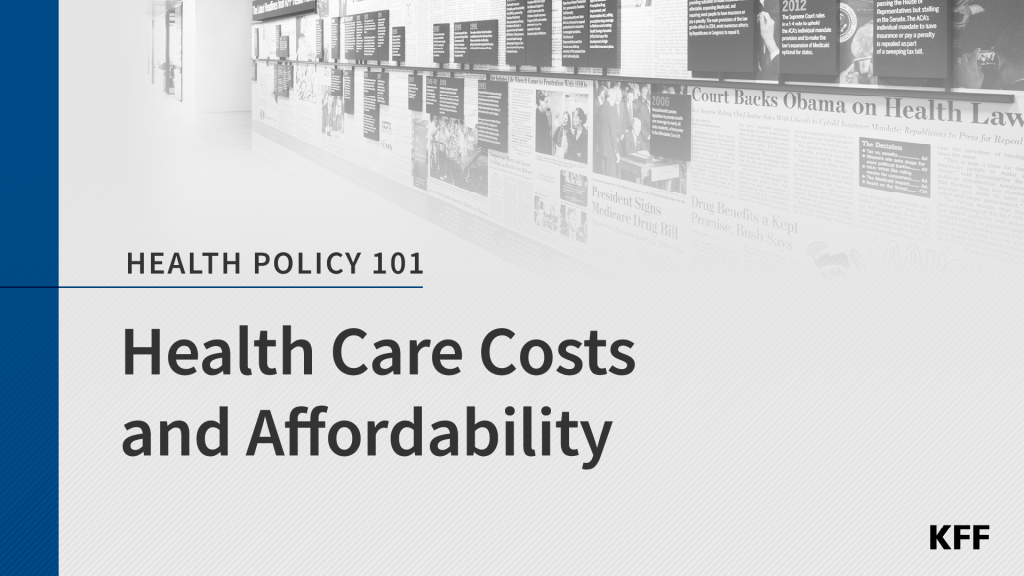Abortion Coverage in Marketplace Plans, 2015
This brief analyzes state policies and insurer coverage decisions affecting the availability of abortion coverage in 2015 insurance plans offered through the Marketplaces. It finds that abortion coverage is unavailable in a total of 31 states, 24 of which have enacted laws that ban or restrict abortion coverage in plans sold through their Marketplaces and 7 of which have no abortion coverage restrictions but also have no Marketplace plans offering it.
